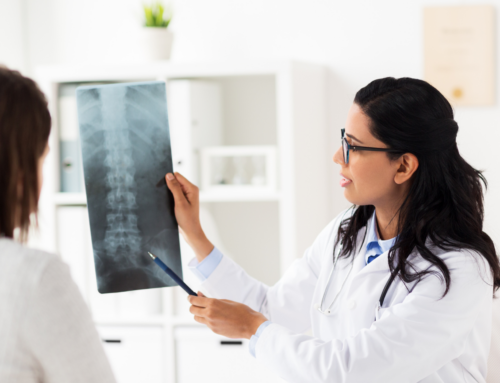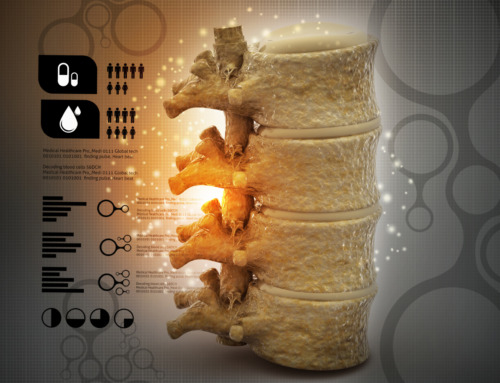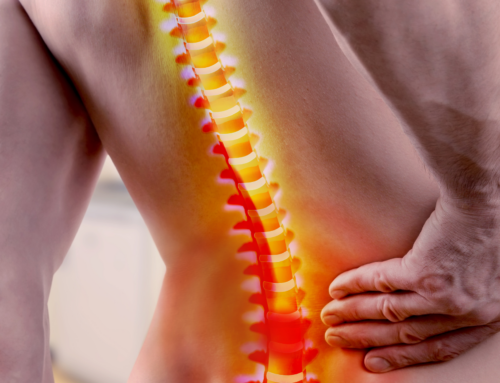One of the common issues people face as they age is cervical spondylosis. Approximately 90% of people will develop some evidence of the condition. Cervical spondylosis tends to start somewhere in your 30s and symptoms can begin to manifests in your 60s. There is no need to worry because it is manageable.
You may notice more neck pain, which may be a sign of cervical spondylosis. It is possible for you to be unaware of the condition; however, it is important to know what to look out for.
What is Cervical Spondylosis?
Cervical osteoarthritis, or cervical spondylosis, is a condition that occurs when bones, discs, and joints in the neck change. It usually develops in older adults, especially those over the age of 60. Bones and cartilage experience natural wear and tear as you age. The discs will shrink, and the deterioration can lead to abnormal growths that narrow the interior of the spinal column.
The edges of the bones can form bone spurs, which are bony projections. Fortunately, cervical spondylosis does not progress in most cases. There is treatment available for severe conditions. A physical exam and appropriate X-rays can determine if a patient has cervical spondylosis.
Symptoms
Most people will not experience any symptoms and are able to go about their normal day. If symptoms do develop, you can typically manage them with non-invasive treatments. Symptoms are often worse in the mornings and evenings, but they will likely improve after a nice rest. Some of the symptoms to look out for include:
- Stiffness or pain in the neck
- Unable to bend the neck
- Shoulder or arm pain
- Grinding sensation when turning the neck
In some cases, the space that nerve roots need as they pass through the spine will begin to narrow. The spinal cord will become pinched, and you may feel weakness or numbness in the arms and hands as a result. Difficulty walking is another sign of severe cervical spondylosis.
What Causes Cervical Spondylosis?
The bones and discs in your neck will face wear and tear damage as you age. The damage can lead to problems, which may cause cervical spondylosis. Strenuous activities, like heavy lifting, may contribute to the condition since it puts pressure on the neck. Repetitive neck motions also have been known to wear down bones and discs. Other possible causes are:
- Dehydrated spinal discs. The discs in your neck act as cushions in between the vertebrae or bones. Their job is to absorb the shock that comes from doing physical activities. Discs contain a gel-like material, which can decrease as we age. As a result, your bones will begin to take on extra pressure.
- Injury. Injuries to the neck can lead to cervical spondylosis developing faster. They might tear or herniate the discs, which will cause pain. A fall or a car accident may accelerate this condition.
- A herniated disc. Also known as a slipped disc, a herniated disc is when the disc presses down on the spinal nerves. A crack may occur, and the internal cushion material may leak out onto the spinal cord. You may feel numbness and pain in your arms.
- Stiff ligaments. Ligaments are the cords that connect the bones to each other. Over the years, these cords will stiff and make the body less flexible. The neck becomes harder to move and will feel tight. Neck pain can occur as a result of stiff ligaments.
Treating Cervical Spondylosis
Cervical spondylosis is a natural part of life and is treatable. First State Spine can work with you to find the best way to manage any neck pain you may have. There are a variety of options.
Non-Surgical
- Nonsteroidal anti-inflammatory drugs
- Steroid injections
- Local anesthetic
- Physical Therapy
- Celluar Therapy
Surgical
- Spinal Fusion
- Laminotomy
- Laminectomy
- Cervical Disc Replacement
If you’ve been suffering from Cervical Spondylosis, talk to our team of doctors today or fill out the form below to get started. Our team will be happy to explain various treatment options that best fit your condition and lifestyle.






